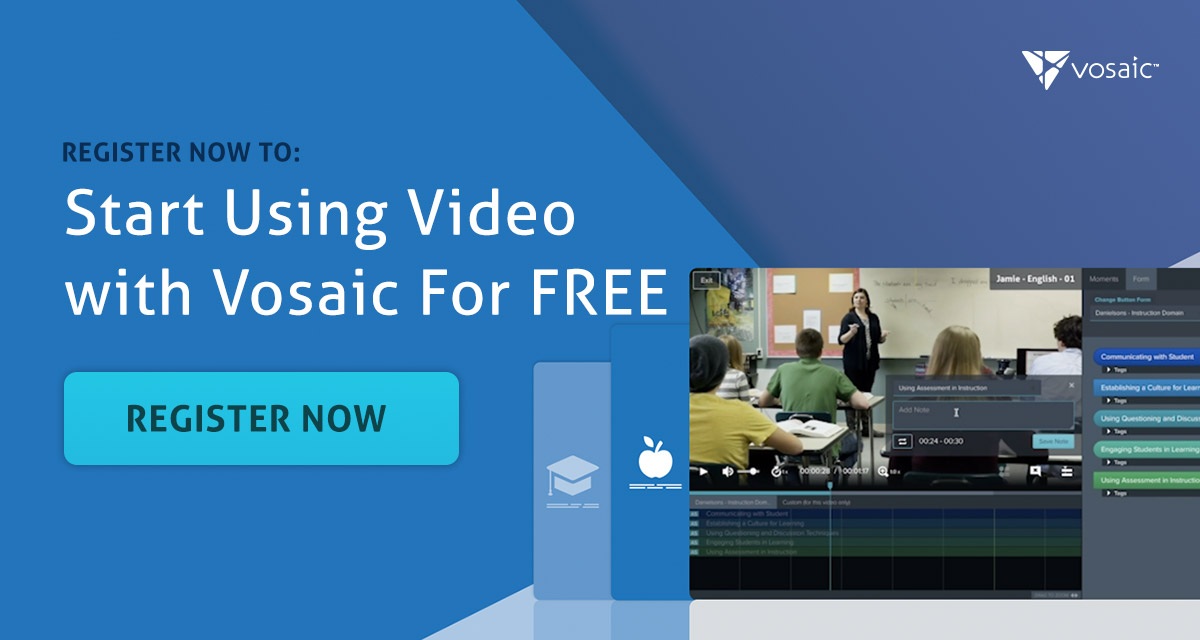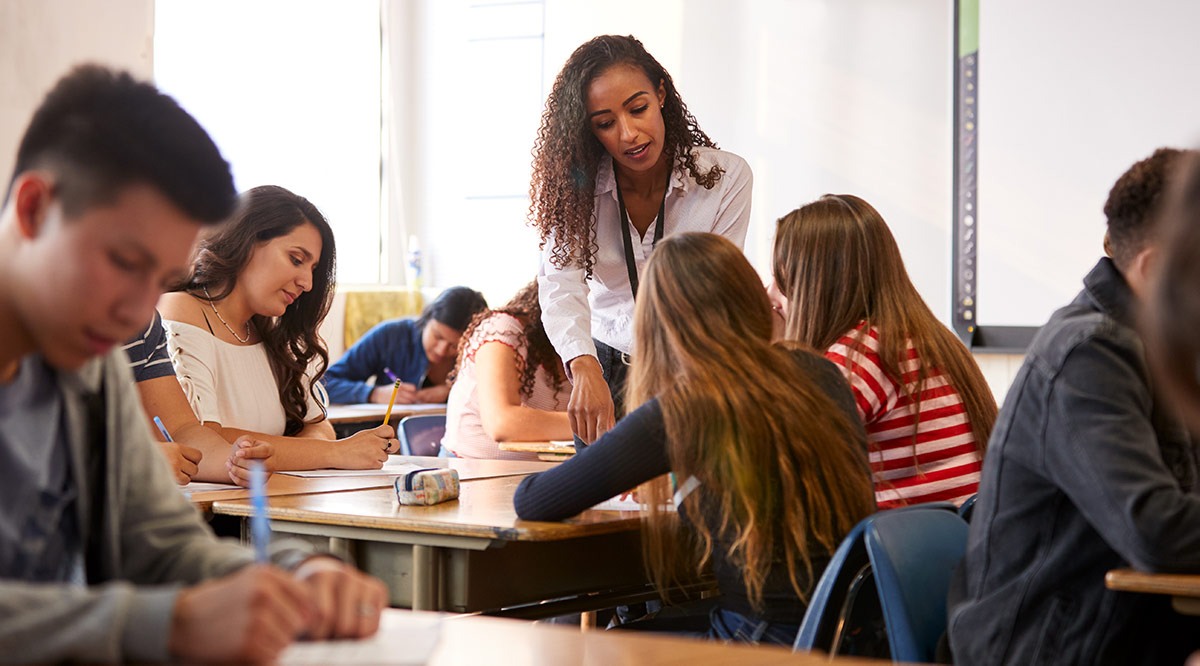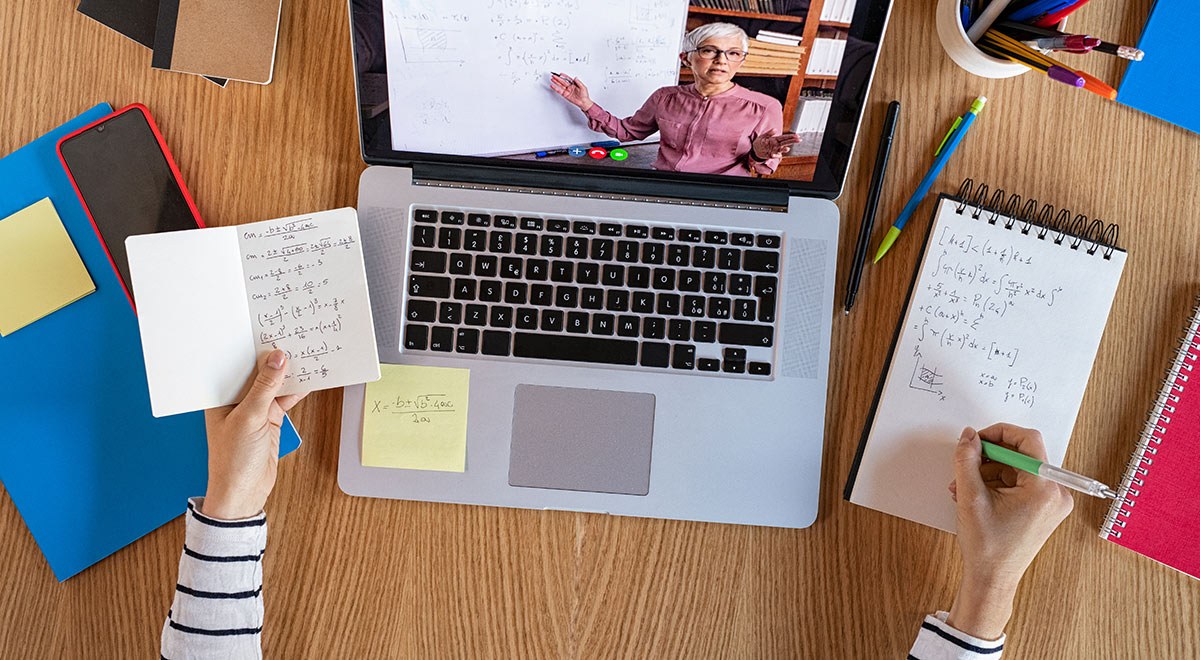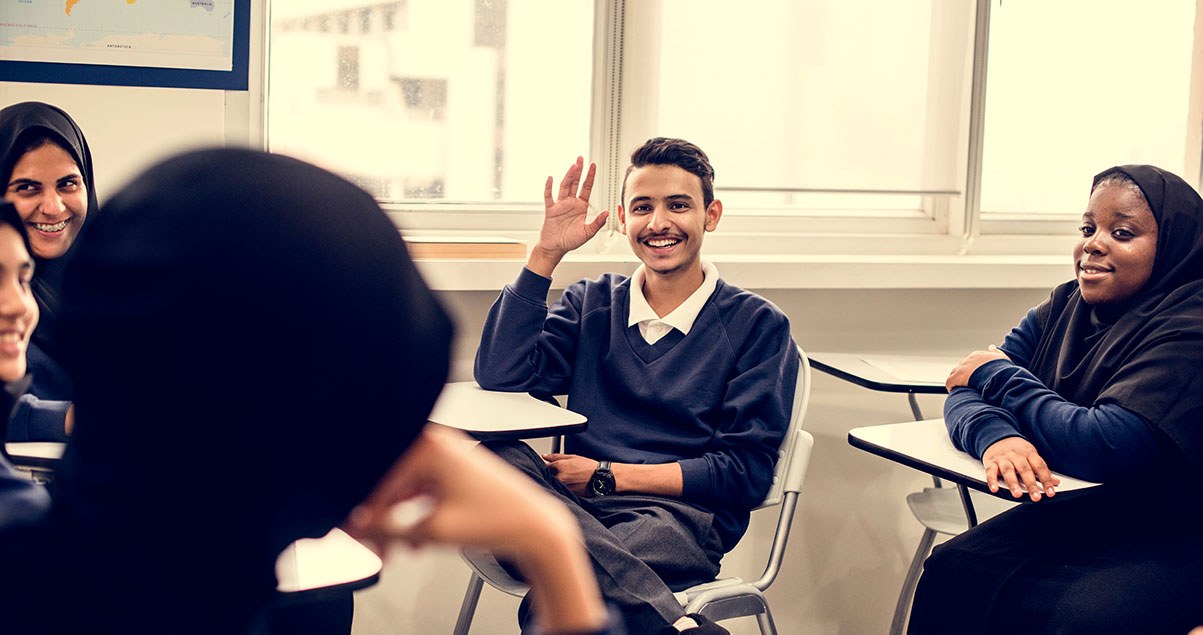Let’s get right to it: students with learning differences create the need for teaching differences and administrative differences. Many key players are surely working to shape a favorable environment for these students at your school already.
However, it doesn’t just take key players, but the whole village! The following are some creative ideas for individuals with varying roles in your school, including principals, special education teachers, and all other teachers. Each has a unique responsibility to make learning accessible to all students, who need our advocacy.
Teachers are already doing so much, so please don’t allow this article to be a source of anxiety. The recommendations below are for those in a mental state to try something new or re-align priorities. If you’re in survival mode from this past year, or from the general rigor of teaching, we understand. We support you. We thank you.
Finally, these tips are centered around mainstream schools where special education students spend only part of their day in a specific support program, but some thoughts are transferable to other schooling formats.
Stay on Top of Important Discoveries
We read case studies and academic journals so you don’t have to. Sign up and we’ll send you the key takeaways.
Support from Principals
Sustain a wonderful work environment for your special education teachers. Teacher turnover constitutes a lack of teachers of high caliber, thereby degenerating the quality of instruction students receive. It also allocates funds to recruitment, hiring, and onboarding that could be spent on professional development or technological improvements, or even more teachers to go around.
Research finds that principals who actualize professional development opportunities for their teachers, and themselves participate in those opportunities, are experiencing less talent turnover than their counterparts. Furthermore, those principals who are aware of what problems teachers are encountering experience the same reduced turnover.
However, principals don’t need to rush into implementing new curriculum or programming, or push for more hours of professional development work. Instead, reflect on whether you have an adequate vision of your current efforts’ performance, and whether those efforts have reached their full potential. Have your teachers mastered the professional development objectives currently in place? Are they struggling with a classroom practice that needs to be addressed before more is added to their plates?
The unbiased, simplifying, performance-capturing power of video observations and reflections can help you accurately understand where your teachers are currently at in their professional development efforts. For example, students’ reading ability becomes a distinctly important marker between 3rd and 6th grade. At these grade levels, students need to be able to read textbooks to keep up in their classes. Inability to meet reading requirements results in many referrals of students to special education learning.
What best practices for teaching reading up to 3rd grade have been identified in your school or in the literature? Using specialized video software, you can code for whether those practices are occurring, and at what effectiveness rate, in a given classroom.
Principals should also pay attention to the language used with all teachers, students, and parents surrounding special education. There is a positive push occurring towards replacing the phrase “learning disabilities” with “learning differences”. Language matters. The common vocabulary used at your school can affect how students and teachers view students with learning differences, those students’ self-confidence, and thereby learning outcomes.
Finally, principals can work towards shifting the rhetoric at their schools to place more emphasis on the general education that neurodiverse students partake in. General education, in most cases, accounts for most of the school day for students with learning differences. Special education-specific teachers’ time can be short and can’t be relied upon as the only form of support. Ensure that all teachers at your school understand their role in special education students’ learning.
Support from All Teachers
If you don't have a Vosaic account for teacher coaching and observation, you can start with a free trial today.
General education teachers have a massive influence on the commonly held views of their students. Furthermore, a positive classroom environment creates a sense of wellbeing for students. Teachers, like principals, can work towards positive language surrounding learning differences. Ensure words used support accepting diverse learners for who they are, not as better or worse than any other students. Special education students are generally thought of as having lower intelligence, but this can be a gross miscalculation and harmful to their self-confidence, creating a self-fulfilling prophecy.
In addition, teachers can create representation initiatives for classrooms with or without special education students. Normalize that students of any neurodiversity are valuable, whether they are “successful” by society’s standards or not. Richard Branson, one of the most prominent businessmen in the world, also experienced ADHD. Bill Gates was once thought to be “incapable of learning”. Albert Einstein had difficulty reading aloud all his life, and many speculate that he had dyslexia. Make sure students know that while you put their posters on the wall!
Offer up your skill in a specific content area to be utilized for special education support roles. Teachers with mastery in a specific subject are usually trained on the variety of ways to teach specific content, which might align with a neurodiverse learner’s thought process. With your expertise, you can provide relief to paraprofessionals or special education teachers.
Finally, be willing to review special education teachers’ classroom practices using the professional development resources that administrators make available to you. Use video software to analyze classroom footage for specific teacher and student behaviors, and provide footage of your own classroom for review to create trust. Teachers can swap observation responsibilities and reflect on findings together.
Support from Special Education Teachers
Many of the points made in this article surround shifting common attitudes toward learning differences so that neurodiverse students can step forward with confidence. Of course, this shift starts with the family unit. As a child’s special education teacher, make a point to meet with the family of your students. Beforehand, you can reach out to let parents know what you’ll be discussing in your time together so they can be prepared. One strategy is to make the student part of the conversation and ask parents about their child’s strengths. Students can hear the affirming words of their parents. On a different occasion at school, ask the student separately how they felt about their parent’s words, and if there’s anything the student would like to add that they are good at.
For many special education students, learning objectives may be slightly to largely different than general education objectives account for. Remember that assigning repeat material at home, instead of fresh problem sets over similar content, may be the best option for many students. It can promote a striking feeling of confidence, reduce stress, and allow them to spend a little less time on homework and a little more time being a kid.
In the classroom, shifting your speech from teacher ownership to student ownership can be a helpful tactic in allowing students control of their learning experiences. For example,
instead of,
“I have a fun science activity planned for you!”
try,
“You get to participate in a fun science activity!”
Instead of,
“I want you to finish all your math equations before the bell rings.”
try,
“See if you can finish all your math equations before the bell rings.”
Finally, be committed to your own professional development by taking advantage of resources made available to you and hone your craft. You already mean so much to your students as an educator and mentor, and taking an objective look at what improvements you can work on in your instruction can help you ensure they’re receiving the best chance of success in special education.

Stay on Top of Important Discoveries
We read case studies and academic journals so you don’t have to. Sign up and we’ll send you the key takeaways.



